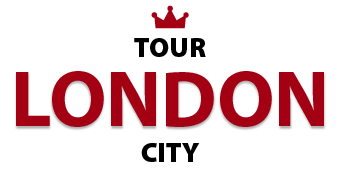Royal Botanical Gardens-Kew
About Royal Botanical Gardens-Kew
The Royal Botanic Gardens, also known as Kew Gardens is a sprawling landscape of 121 hectares that lies in Southwest London. Unlike other gardens and parks in England, the Royal Botanical Gardens has much more to do in terms of scientific research and attractions ranging from flora and fauna to recreation.
The garden was first opened in 1759, and is 250 years old to date. It originated from Lord Capels exotic garden and then in 1802 the old Kew Park was demolished and George III constructed a plain brick edifice that came to be known as Kew Palace. Today Kew gardens is host to the largest collection of living plants anywhere in the world. It employs over 650 scientists, and has a variety of more than 30,000 various plants. It also is host to a herbarium and the largest collection of books on plants is on display at the library.
Initially the collection was not of major importance until the appointment in 1771 of Francis Masson, who brought it upto speed which resulted in it been named a national botanical garden in 1840.
The significance of the garden is its various buildings that are dedicated to different types of flora from all-over the world. One of the first such buildings is the Palm house which was constructed by architect Decimus Burton and was mainly built using wrought iron. This house is host to palms from all over the world.
Adjacent to the Palm house is the Museum No.1 building which was also designed by Decismus Burton. The point of the museum is to alert the public on the dependence and intricate relationship between plants and humans. Its exhibits include illustrations of how plants help in tools, clothing, ornaments, food and medicines.
The Kew Herbarium is the worlds largest collection of plant specimens. Kew is also in the forefront as a seedbank. Even though London has unfavourable growing conditions for most of the seeds, it does play a good role in housing the seeds for future use.
A lot of the plant life in Kew Gardens is centred around Japanese architecture, due to the Japan-British Exhibition that was held in 1911. The Choushi-Mon is a replica of a Japanese temple and is a delightful reconstruction of a typical Japanese garden. In 2001 Kew also decided to acquire another Japanese structure called the Minka House. It is found within the bamboo collection in the Central West Part of the Park. Further similar architecture is the Great Pagoda, which has a Chinese feel about it.
There are other exhibits at the garden ranging from the Marianne North Gallery to the Alpine house. It is definitely worth a trip to this garden, if one is looking for more than simple recreation and a place for solitude in London Town.
Location

welcome
The Trekk is much more
than a blog today, it’s a real
source of inspiration and style
for millions people
